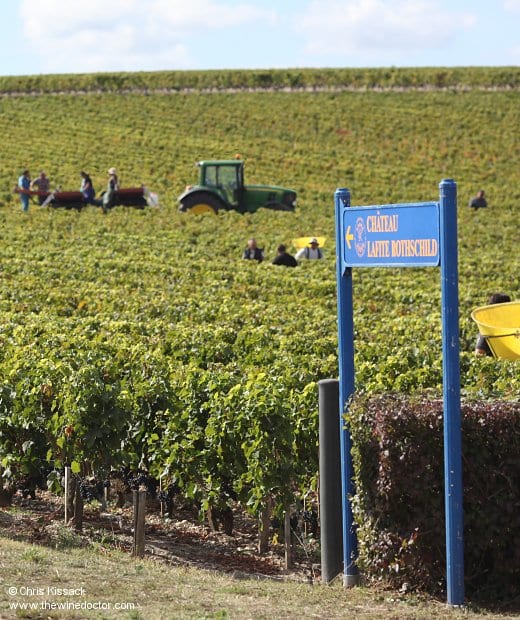Château Lafite-Rothschild: The Dutch and the English
The purchaser was a gentleman named Monsieur de Monthieu, although he did not hold onto the estate for long, as within two years it had been sold once again, this time to Nicolas Pierre de Pichard (1733 – 1794). His acquisition so soon after the purchase by de Monthieu was down to the curious French law of retrait lignager, by which parents (or more senior members of the extended family) have the right to take possession of a family property previously sold, provided they can produce the appropriate monies and pay any associated fees. Pichard was a distant cousin of the Ségurs, hence his entitlement. In keeping with his Ségur connections, he was also extremely powerful and wealthy, a president of the Bordeaux parliament, and for a brief spell he was also proprietor of Château Coutet in Barsac.
Pichard’s reign over Lafite, however, was ephemeral, being terminated by the guillotine just a few years later, in 1794. Following its sale as a bien national in 1797, Château Lafite passed through the hands of a number of owners, firstly Jean de Witt, a retired minister from the Netherlands. He was probably descended from the famed 17th-century politician Johan de Witt (1625 – 1672) although it has been difficult to establish this with certainty. With his acquisition he installed Joseph Goudal as his régisseur, their arrangement being that Goudal would take a 5% on the value of the harvest, a most handsome annual salary.

